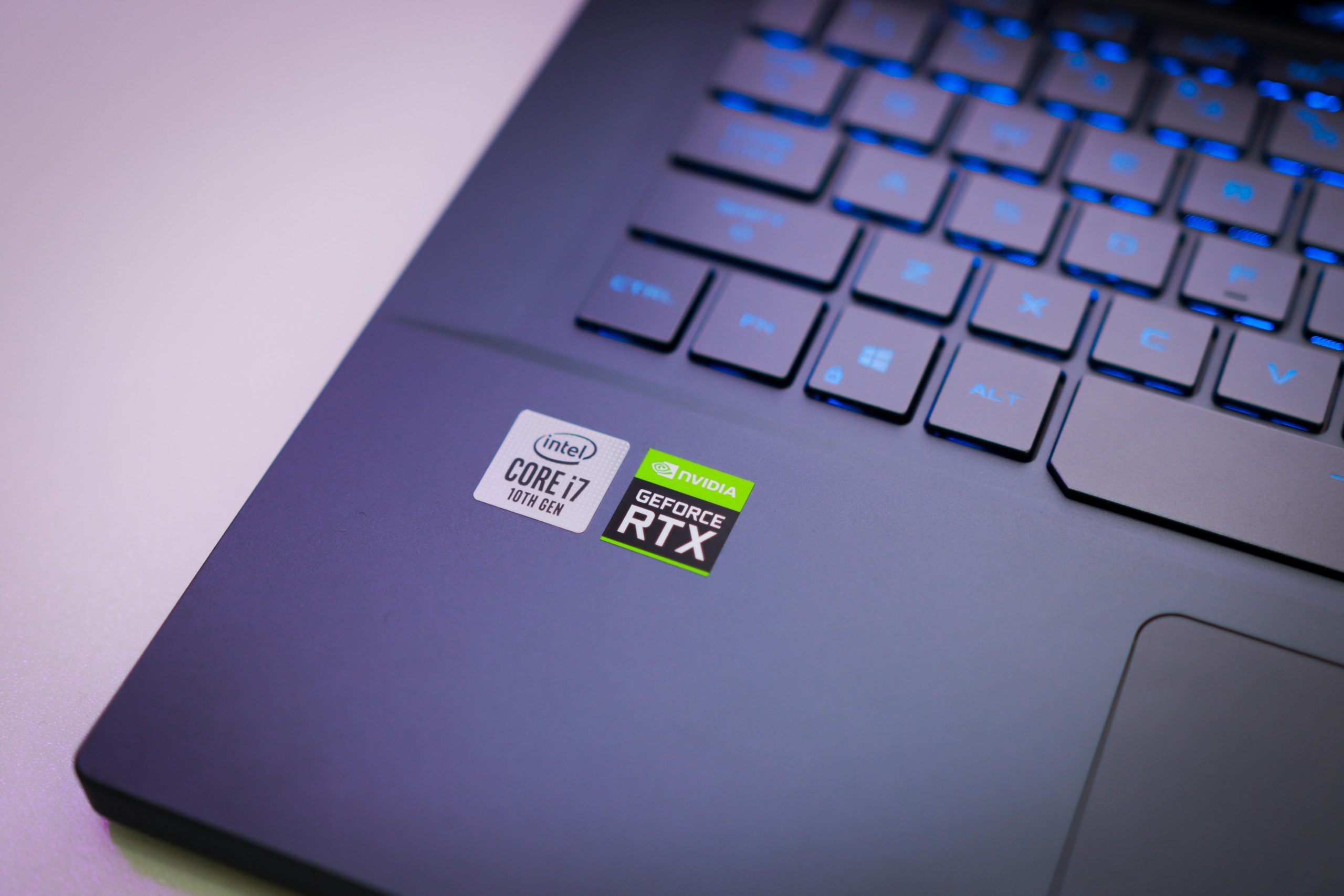Dealing with Microsoft Defender Subscription Scam Popups: A Helpful Guide
Recently, many users have reported encountering persistent and misleading popups claiming to represent Microsoft Defender. If you’ve found yourself facing a similar issue, you’re not alone. One such user recently described their experience, which sheds light on this growing concern.
The popup notification reads:
“Your Windows Defender antivirus is upgraded to a Pro plan for $299.00. The payment will be charged to your credit card on August 26, 2024.”
It’s clear that this message is nothing more than a scam, yet it raises crucial questions about the security of your device and how to effectively eliminate the nuisance.
Understanding the Threat
Despite taking steps to safeguard their system—like uninstalling browsers and running various scans with Microsoft Defender—this user found that the popup kept resurfacing. They also noted that executing certain commands using PowerShell was triggered every time the popup appeared, raising concerns about potential compromises in their system.
Steps to Resolve the Issue
If you find yourself facing a similar spam situation, consider the following measures to regain control:
-
Uninstall Suspicious Programs: Check your installed applications for anything unfamiliar. Sometimes, malicious software disguises itself as a legitimate program.
-
Run Full System Scans: While you may have already executed a quick scan, it’s crucial to perform full and offline scans using Microsoft Defender to ensure thorough detection of threats.
-
Investigate Process Activity: If you’ve noticed unfamiliar processes like
conhost.exerunning in the background, take the time to research them. While it’s generally considered a legitimate Windows process, its association with PowerShell when triggered by the popup may indicate unusual activity. -
Clear Browsing Data: Clear caches and cookies from all browsers to eliminate any stored data that could be linked to the scam.
-
Reset Browser Settings: As a precaution, restore your browser settings to their default state. This can help prevent future popups from surfacing.
-
Update Your Software: Ensure that your operating system and security software are up to date. Regular updates often patch vulnerabilities.
-
Seek Professional Help: If the issue persists or you suspect deeper complications, consulting with a cybersecurity professional might be necessary for a comprehensive system review.
Conclusion
Staying vigilant in the face of such scams is essential. If you’re dealing with persistent popups that attempt to deceive you into purchasing unnecessary
Share this content:




Hi, it appears you’re experiencing ongoing Microsoft Defender scam popups. These types of popups are a common tactic used by scammers to trick users into purchasing fake services or malicious software. To effectively address this issue, consider the following additional tips: